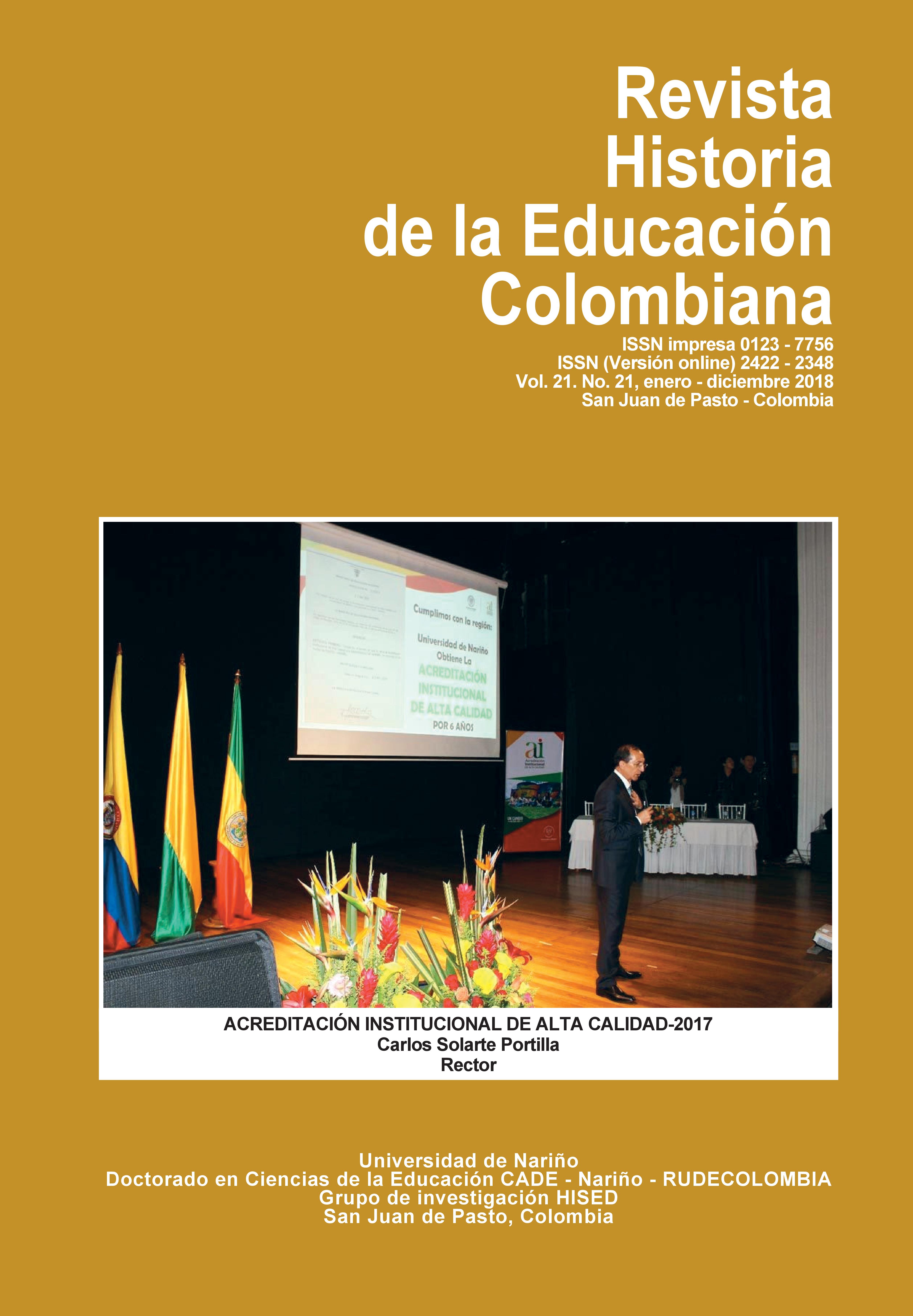Epistemoligical breaks for the teaching of quantum theory
DOI:
https://doi.org/10.22267/rhec.182121.9Keywords:
teaching, atomic structure, epistemological break, quantum theoryAbstract
This article is the result of the research developed within the macro project titled “Teaching of the Atomic Structure of the Matter”. The applied methodology is an adaptation of the methodologies utilized in the achievement of states of the art, which includes two steps: a heuristic, or information gathering, and a hermeneutical stage that involves analysis of the information and consolidation of the reflection. The problem addressed in this work is teaching of Atomic structure of the simplistic and shallow matter, without being based on the Quantum Theory.
This document presents a brief overview of the history of Philosophy and Sciences, from ancient Greece to the beginning of the twentieth century. Also, it is discussed a part of the Tomas Kuhn’s epistemology, the dynamics of the “normal science” and the disruptions generated by “scientific revolutions”, and how these aspects should be articulated in Quantum Theory teaching. Among the epistemological breaks here described are: the atomism of Democritus, the transition from the geocentric model to the heliocentric model and the thought rupture caused by the advent of the Quantum Theory, emphasizing on the possibility of applying these ruptures in the teaching of this theory. The conclusion states the necessity of a teaching method that would take on the history of sciences and philosophy, highlighting the epistemological breaks required for the transition from one paradigm to another, especially on the break that the Quantum Theory requires and the indeterminism that underlies it.







